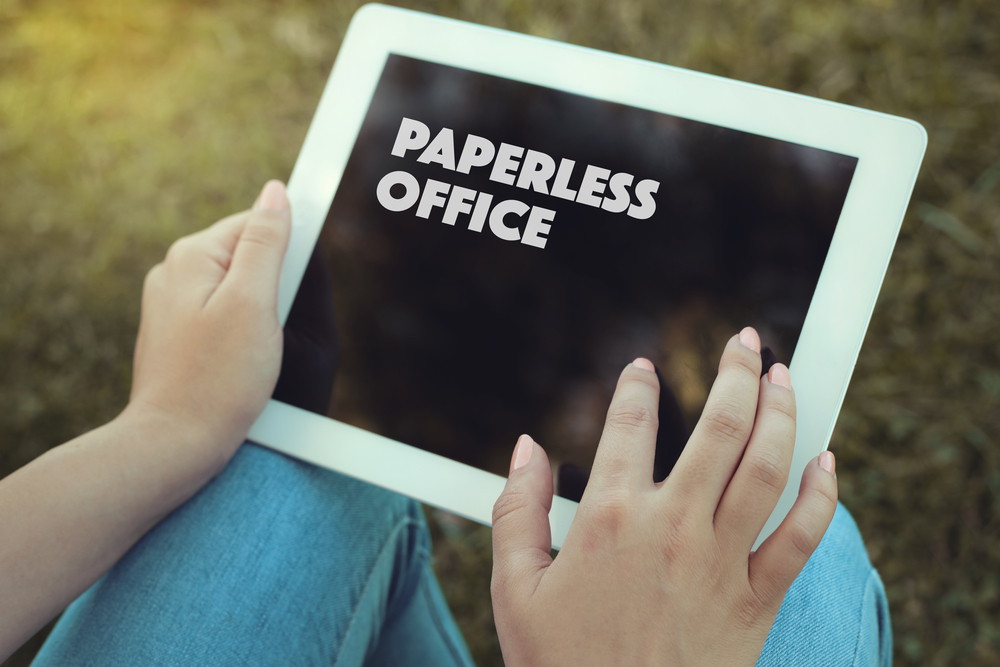What Does DMS Mean?
What Does DMS Stand For? The DMS meaning is a Document Management System. Some people also call it Document management software.
What is DMS (Document Management System)?
A Document Management System is a system used to track, access, manage, and store documents, along with reducing the use of paper documents. It is an electronic document management system. You can call it a file management system in simple words. Some questions worth thinking would be – – Is it possible to go paperless offices where even today, paper dominates all other forms of currencies and is also used as the apex medium of exchange for even the minutest transactions? – In the era of technology, people still love to read and have handwritten content. Will the prior choice for paper ever let DMS take over in all ways of managing documents? Technology in itself is a hegemony, making lives easier and stress-free. But practically, both electronic and paper document management are interlinked. A paper document is the hard copy of an electronic document, whereas an electronic document becomes the soft copy of the other, leaving us with no differences as such.
The harshest reality of technology remains that not all workers are well versed with it, nor are they technical scholars. This demerit of DMS makes people think of never really quitting the usage of paper document management. But this type of document management has some real costs over it; Corporates are more ignited to implement a DMS over paper documents. Statistics say that, for every 30 copies that workers print, 39 percent of it goes to the trash. Adding more to such facts, according to reduce.org reports, the cost of usage of papers is nearly 13 to 31 times more than the purchasing price of paper. The document management system has more advantages, viz., easy access to documents globally, preservation of the environment, and, most importantly, saving of costs incurred for papers. For having a clearer idea about it, let’s check the benefits, advantages, and disadvantages of Document Management System:
Benefits of Document Management System
With the rising popularity of Document Management Software (DMS), the goal of the paperless office is getting closer. DMS is like the electronic filing cabinets that stores manage and track all the digital and paper documents. DMS helps a business organize all the documents in a central location, where everyone in the office can access these documents. Document manager today also ranges in size and scope from small to large enterprises and has now become a common component found within an organization. There are two types of Document Management systems, one is Self-hosted DMS, and another is Cloud-hosted DMS. In self-hosted, all the documents are stored on the company’s server, while in the Cloud-hosted system, the software is managed by the provider and accessed online. Here are some benefits of Document Management System and being paperless:
1. Better security and control
Document Management Software keeps the data safe and secured from being stolen or accessed. DMS stores the data in encrypted form, which require special credentials to be accessed. Without these credentials, it is impossible to access these data.
2. Easy document retrieval
Retrieving files with a document management system is easy. Backing up physical files means making photocopies of these files is simple and inexpensive with the DMS. The documents are backed up in the form of digital data or files and can be accessed whenever and wherever needed.
3. Easy to have a backup and record
Looking for one single document in a bundle of copies would be an uneasy task. With DMS, just typing a keyword for the document will help saving time for the workers and also be easy to have a backup.
4. Easy to carry everywhere
Why carry an entire file for a meeting or presentation when even the smallest unit of technology like cell phone or tablet can enhance easy access to files you need?
5. Keeps records of every activity too
DMS enables us to have a record of every activity that has taken place on the software right from who accessed the files and where it got accessed from. Also, it is easy to find out what changes had been made, which is impossible in the case of paper document management.
6. Cannot be easily destroyed
Paper documents are likely to get easily destroyed, for, e.g., by natural calamities. Very often, we tear the papers unknowingly. When the documents are recorded in a DMS, it would remain secure and will be accessible only with a password. Even the documents on a system can be deleted. But it has a certain procedure. They’ll barely be lost unknowingly. Moreover, these lost documents can be recovered too.
7. Improved client service
When documents are digitalized, it becomes easy to manage them, thus increasing efficiencies and also results in better client service.
8. Easy to edit
If you are required to make changes in the paper documents related to your work, it will surely have to be done from the start. It will not just consume more time but also will be stressful for the worker. DMS doesn’t require documents to be rewritten. Changes can be done straight away, and they’ll automatically be saved.
9. Everlasting documents
As mentioned earlier, paper documents are likely to get damaged and useless. An electronic document will be the same even after decades.
10. Cost-saving
DMS can open up tremendous cost-saving opportunities for the organization. It can cut on the cost of storage and maintenance of physical documents. In DMS, there is just the cost of scanning and filing technologies. Once documents are digitalized, the cost of digital storage is low.
11. Saves time
Document Management System can save time and improve productivity. It allows multiple employees to access the same document at the same time. Document imaging can simplify the workflow. Moreover, employees can access documents from their workplace or any other place via the internet.
12. No more emails
Many DMS provide the facility of sharing files. This feature removes the need to share or distribute content via email. It provides better control over regulated content and also eliminates security and storage burden.
13. Provides more consistent content
DMS provides the latest templates, better distribution capabilities, and document revision features. All these things ensure that content is published uniformly. The document management system can perform various functions such as,
It can store multiple document types such as PDF, word files, emails, spreadsheets Facilitates accessing, editing and sharing documents via Smartphone It can monitor who is viewing the document and when Provides various features that restrict access to certain confidential documents It can access hard-to-find content with the help of just the keyword inserted in it Track any edits made in the document
Today a lot of options are available in the market with various features. It can complicate the selection of the right Document Management System for the organization. The only thing the organization should keep in mind while choosing DMS is that it should fulfill all the business needs and make the whole process of handling the documents easy.
Disadvantages of Document Management System
There are two sides to a coin. So does DMS have? Keeping the beauty of its positivity aside, let’s discuss some of its demerits. – ‘Security’ is the primary concern of workers relying on DMS over paper documents. – Accessing DMS makes a worker open for litigation. Of course, if there is an illegal activity taking place, it’ll be tracked and will be liable to litigation. – Moreover, as all information is accessible globally, it is also very important to assure a guarantee of our security. – A higher level of IT involvement is required, and smaller businesses may find it challenging to cope up with it. – Computer hacking and viruses related to a computer can be one of the biggest threats to paperless offices. Therefore, the Document Management System must have facilities that secure the transfer system.
How to Choose a Document Management System?
A perfect DMS in paperless offices would be one that facilitates the users, will the following factors:
A standard structure
A combination of the advanced and straightforward structure of the software would be the best one to prefer, as it will be user-friendly and advanced.
Access on smartphones and tablets
The files should be easily accessible from cell phones or tablets.
Security
The workers should be liable to choose their recipients for document sharing. Making files and documents open to all is a question of security.
Easy searching
It is the most important point of preference. While looking for a particular document, paper documents consume a lot of time. Therefore, DMS should provide the benefit of looking for documents with just one click.
Conclusion
Besides all the benefits of the document management system, the fact doesn’t change that we are still not completely exposed to a paperless era for official work but are quite close to it. Today, mostly all the work is done through electronic documentation. It is believed that paper cannot be fully abolished from the corporate or working sector as some tasks are better performed with it. But at least restrictions on unnecessary usage of papers can be implemented to reduce the costs incurred over it by encouraging the usage of DMS in paperless offices over paperwork. Not only will it save costs, but it will also transform the way documents are saved. Nevertheless, implementing such a Document Management System should not only focus on moving forward with the idea of transformation but also to simplify lives and save costs on unnecessary paperwork along with promoting a friendlier environment for all.

